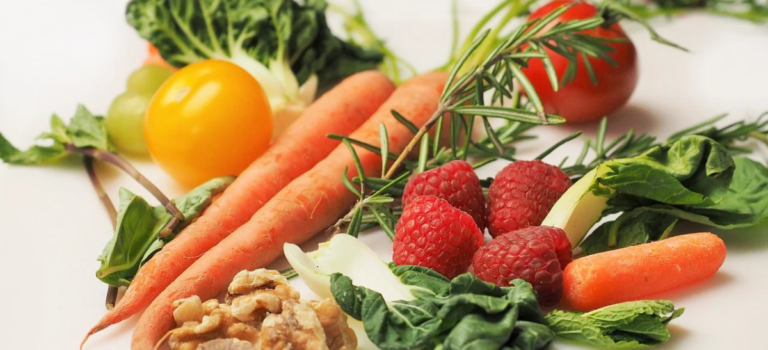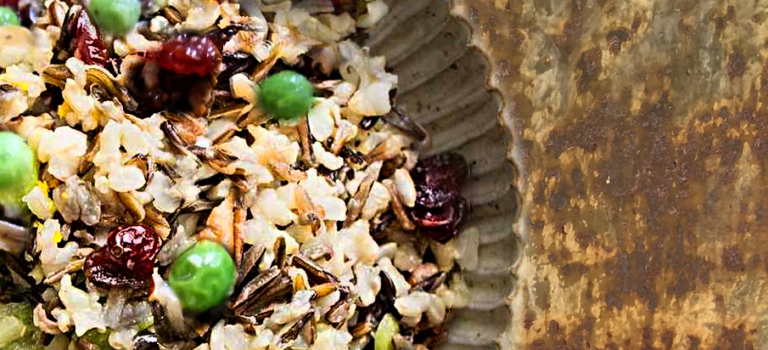
You’ve heard the expression “pick your poison”.
When it comes to sweet stuff, you need to do just that. Sugar, consumed to excess, can be toxic and lead to conditions such as diabetes. But what about artificial sweeteners?
Commonly consumed sources of artificial sweeteners include the packets and pills used in place of sugar to sweeten coffee and tea, soft drinks and chewing gum.
If you’ve read articles and posts on the importance of limiting your sugar intake, this advice might make you scratch your head:
It’s better to have real sugar than artificial sweeteners.
Here is the rationale:
- Your body knows the difference between things that are truly sweet because of their sugar content and those that are artificially sweet. Artificial sweeteners can make sugar cravings worse because they don’t satisfy them. You would be better of drinking one can of soda with all its sugar, than 4 cans of artificially sweetened soda (unless you have a health condition that requires you to restrict carbohydrates).
- Some artificial sweeteners can distort your body’s regulation of blood sugar. Blood sugar distortion can, over time, lead to conditions such as insulin resistance, metabolic syndrome and Type 2 diabetes.
- Some artificial sweeteners convert to toxic compounds when your body metabolizes them. For example, aspartame is metabolized to formaldehyde (a carcinogen and neurotoxin).
If you drink multiple servings artificially sweetened drinks daily, your first step should be to set a goal for yourself to reduce your intake. Make it a SMART goal (Specific, Measurable, Achievable, Realistic and Time-bounded). For example, if you were in the habit of drinking 4 sodas per day, your SMART goal might be:
I will reduce my consumption of sodas from 4 to 3 daily for seven days in a row by [date].
Once you achieve your goal, you set a new goal for further reduction.
If you are currently drinking artificially sweetened drinks, I recommend you convert to those that are sweetened with sugar and gradually reduce the amount of sugar you take in.
You could begin substituting sparkling water for servings of soda. If you prefer to drink something flavored, add slices of citrus or other fruits, cucumber or herbs like mint or basil to your water.
Gum chewers should work on reducing the frequency and duration of their chewing. For example, if you currently chew gum for several hours every day, set an initial SMART goal like:
I will reduce my gum chewing from 4 hours daily to 90 minutes daily for seven days in a row by [date].
If you learn to love the natural flavour of foods, including the sweet ones in moderation, you’ll benefit by improving your health through toxin avoidance.
References




















